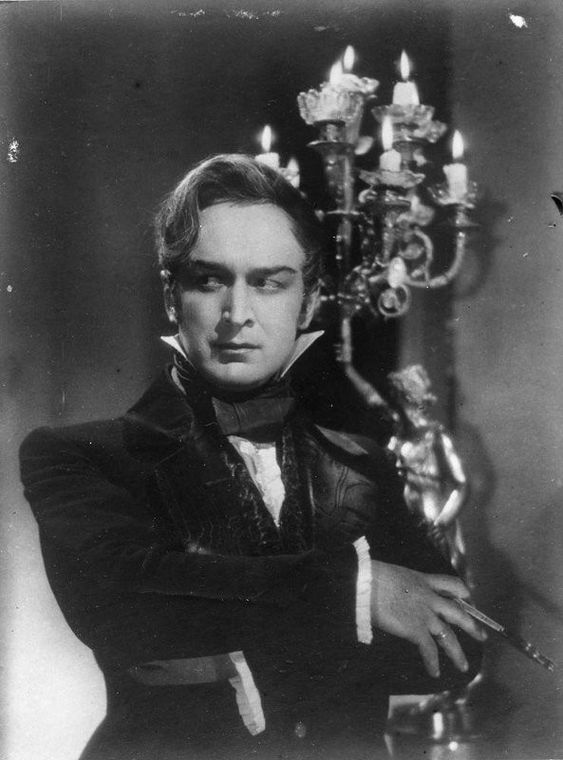
From “The Idea of Decadence in French Literature”
By AE Carter, 1958
Dandy and decadent are fused in Baudelaire’s work and life. He affected an English coldness and reserve, and a sobriety of dress which was in contrast with the ebullience of the contemporary Bohemia. His conception of the dandy was based on Stendhal and d’Aurevilly; and he saw the two artists he admired most, Delacroix and Poe, as examples of the type. Both despised the democractic and progressive theories of their age, and both, beneath a philosophic calm, nourished an ardent passion for art and beauty.
Dandyism thus becomes, as d’Aurevilly had suggested, something more than a nice taste in dress. It is an affirmation of superiority, a moral prophylaxis which saves soul and intellect from contamination: “C’est le plaisir d’étonner et la satisfaction orgueilleuse de ne jamais être étonné.” “C’est une gymnastique propre à fortifier la volonté et à discipliner l’âme.”
It derives from Byron and the Satanic aspect of the fatal man; for the dandy, like Satan, however frustrated by circumstances, keeps his will intact and commands both himself and his environment. Dandyism and Satanism are thus closely allied; the unbroken determination of Milton’s Satan was, for Baudelaire, a proof of dandyism; Baudelaire’s thought describes a rigorous parabola between cosmetics, dandyism and Satan. The “modern heroism” he describes is itself a form of dandyism — the heroism of a decadence:
Le dandysme apparaît surtout aux époques transitoires… Dans le trouble de ces époques quelques hommes déclassés, dégoûtés, désœuvrés, mais tous riches de force native, peuvent concevoir le projet de fonder une espèce nouvelle d’aristocratie… Le dandysme est le dernier éclat d’héroïsme dans les décadences… Le dandysme est un soleil couchant ; comme l’astre qui décline, il est superbe, sans chaleur et plein de mélancolie.
Dandyism is thus a postive reaction against the frustrations of nineteenth-century life.

